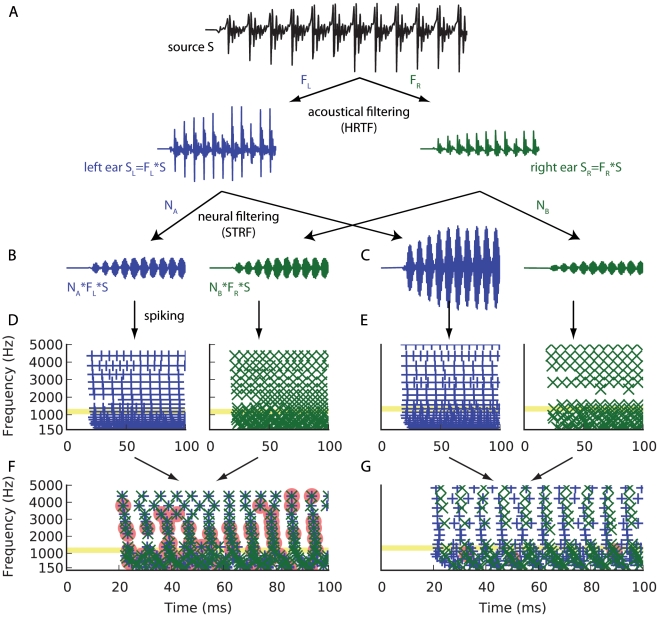Figure 1. Synchrony patterns induced by location-dependent filtering.
The left hand panels (A, B, D, F) show the signal pathway for a set of neurons tuned to the presented location of the sound, and the right hand panels (A, C, E, G) show the pathway for neurons not tuned to the presented location. (A) The sound source S propagates to the left ear (blue) and right ear (green) and is acoustically filtered by location-dependent HRTFs. (B, C) Signals resulting from filtering through the spectro-temporal receptive fields of two pairs of monaural neurons tuned at 1 kHz. The source location is in the synchrony receptive field of the first neuron pair (B). (D, E) Spike trains produced after neural filtering, for neurons tuned at frequencies between 150 Hz and 5 kHz. The signals shown in B and C correspond to the spike trains highlighted in yellow. The source location is in the synchrony receptive field of each frequency-specific neuron pair in panel D but not in panel E. (F, G) Spike trains from the left and right channels are reproduced here superimposed. Postsynaptic neurons that receive coincident inputs from their two presynaptic neurons produce spikes (red patches). The neural assembly in F is tuned to the presented location whereas the assembly in G is not.

